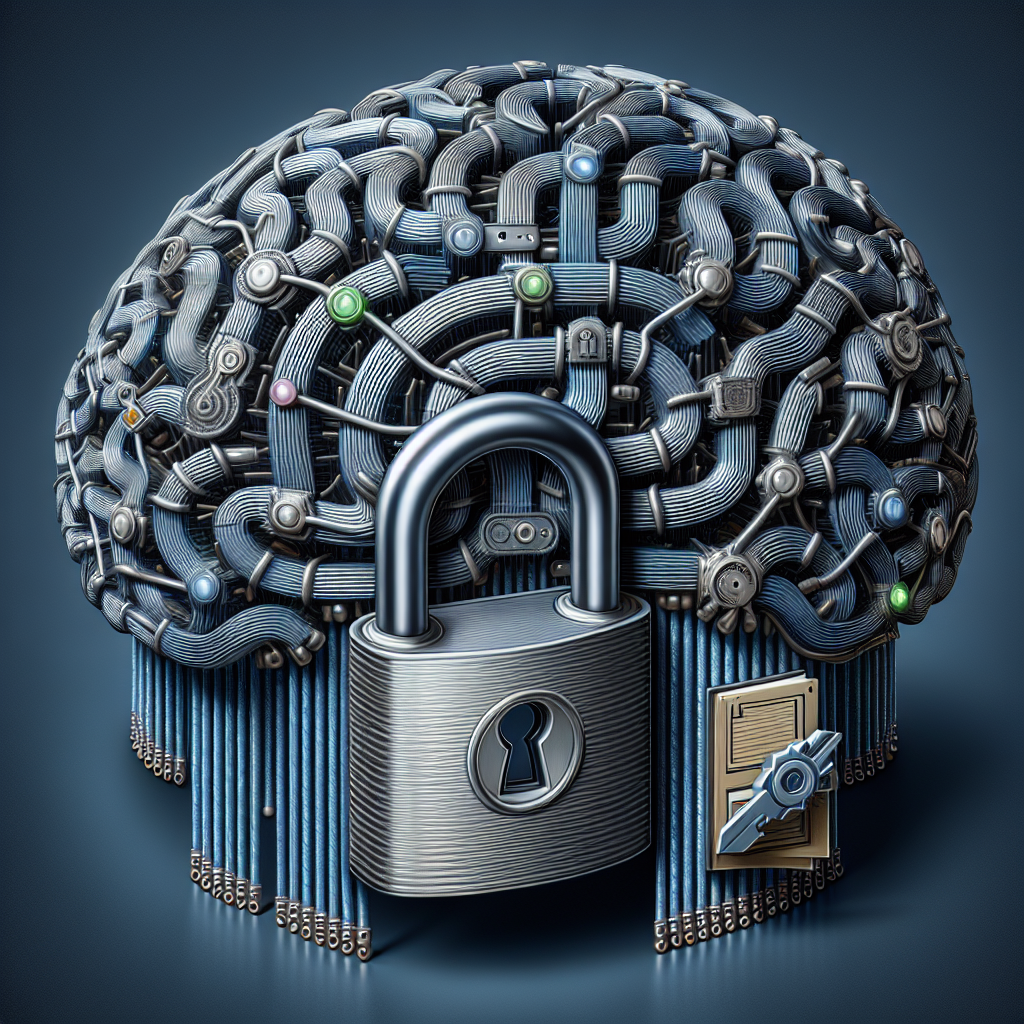Fix today. Protect forever.
Secure your devices with the #1 malware removal and protection software
Recurrent Neural Networks (RNNs) are a powerful tool for modeling sequential data, such as natural language processing, speech recognition, and time series forecasting. However, training RNNs can be challenging due to issues like vanishing and exploding gradients, which can hinder learning and degrade performance. One popular solution to these problems is to use gated architectures, such as Long Short-Term Memory (LSTM) and Gated Recurrent Unit (GRU) networks, which are designed to better capture long-range dependencies in the data.
Mastering gated architectures is essential for optimizing RNN performance, as they can significantly improve the learning capabilities of the network and lead to better results. In this article, we will discuss some tips and tricks for effectively using gated architectures to enhance RNN performance.
1. Use LSTM or GRU networks: When working with RNNs, it is advisable to use LSTM or GRU networks instead of traditional RNNs, as they are better equipped to handle long-range dependencies in the data. LSTM networks have a more complex structure with additional gates that control the flow of information, while GRU networks are simpler and more computationally efficient. Both architectures have been shown to outperform traditional RNNs in many tasks.
2. Initialize the network properly: Proper initialization of the network weights is crucial for training RNNs effectively. Xavier initialization or He initialization are commonly used techniques that can help prevent vanishing and exploding gradients during training. Initializing the weights too small or too large can lead to poor performance, so it is important to experiment with different initialization strategies to find the best one for your specific task.
3. Regularize the network: Regularization techniques, such as dropout or weight decay, can help prevent overfitting and improve the generalization capabilities of the network. Dropout randomly sets a fraction of the neurons to zero during training, which acts as a form of regularization and helps prevent the network from memorizing the training data. Weight decay penalizes large weights in the network, encouraging the model to learn simpler representations of the data.
4. Optimize the learning rate: Choosing the right learning rate is crucial for training RNNs effectively. A learning rate that is too small can slow down the training process, while a learning rate that is too large can lead to unstable training and poor performance. It is recommended to start with a small learning rate and gradually increase it if necessary, using techniques like learning rate schedules or adaptive learning rate methods.
5. Monitor and analyze the training process: Monitoring the training process is important for identifying potential issues and making adjustments to improve performance. Keep track of metrics like loss function value, accuracy, and validation performance to assess the progress of the training. Analyze the gradients, activations, and weights of the network to gain insights into how the model is learning and identify potential problems.
By following these tips and tricks, you can effectively master gated architectures and optimize the performance of your RNNs. Experiment with different techniques, monitor the training process, and continuously improve your model to achieve the best results in your specific task. With the right approach, gated architectures can unlock the full potential of RNNs and help you tackle complex sequential data with ease.
Fix today. Protect forever.
Secure your devices with the #1 malware removal and protection software
#Mastering #Gated #Architectures #Tips #Tricks #Optimizing #RNN #Performance,recurrent neural networks: from simple to gated architectures

Leave a Reply
You must be logged in to post a comment.